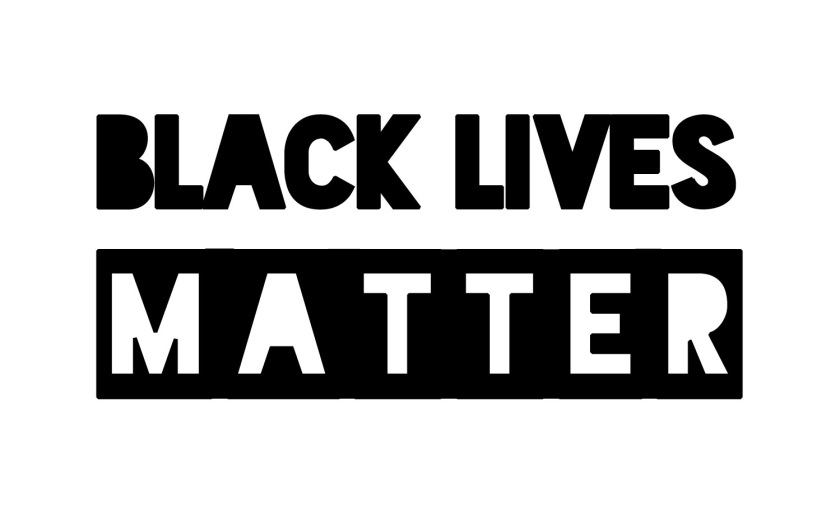Today is J.K. Rowling’s birthday and subsequently – it’s her most famous character – Harry Potter’s birthday as well. For those of you who know me personally, you recognize I’m a huge fan of the Harry Potter series. In fact, I returned just last week from a 10-day trip to Scotland and England, seeing the sights that inspired the series and attending the play, Harry Potter and the Cursed Child. 
There are several reasons I love the series, but one that resonates with me is the family Harry creates for himself in place of his parents who died, and his aunt and uncle who despise him. Without a traditional family, Harry finds love and friendship in the people who surround him as he navigates his life in the wizarding world. While I’m fortunate to have grown up with a loving family, I have also found love and friendship in people who aren’t my blood relatives. Family or friend, I recognize that a strong support system is an important key to happiness and that’s why I’m supporting Lumos today.
Lumos is a non-profit organization founded by J.K. Rowling to help the eight million children living in institutions that deny them love and care. The organization’s website notes 80% of these children are not orphans, but have been separated from their families because they are poor, disabled or from an ethnic minority. These children are hidden and voiceless and are often harmed, abused or exploited. Lumos’ mission is to end the use of orphanages and institutions and to find these children a strong support system.
 An article by Dr. Shirley Gracias, a consultant psychiatrist, shares how the Harry Potter series exemplifies the way institutions shape the development of a child’s resilience and personality. Harry and Voldemort had similar childhoods in that they both lost their parents as babies and grew up around people who didn’t care for them. Still, the two characters have differing personalities. Dr. Gracias points to Harry’s parents being able to care and love him for the first few months of his life. Meanwhile, Voldemort never knew the love of his mother and spent his childhood in an institution. Voldemort’s early social relationships and the care he received shaped his personality. This is what Lumos hopes to prevent by bringing children out of the shadows and into the light.
An article by Dr. Shirley Gracias, a consultant psychiatrist, shares how the Harry Potter series exemplifies the way institutions shape the development of a child’s resilience and personality. Harry and Voldemort had similar childhoods in that they both lost their parents as babies and grew up around people who didn’t care for them. Still, the two characters have differing personalities. Dr. Gracias points to Harry’s parents being able to care and love him for the first few months of his life. Meanwhile, Voldemort never knew the love of his mother and spent his childhood in an institution. Voldemort’s early social relationships and the care he received shaped his personality. This is what Lumos hopes to prevent by bringing children out of the shadows and into the light.
Lumos partners with governments, professionals, communities, families and children to develop accessible health, education and social services that meet the individual needs of these children. It also ensures families have what they need to help children develop to their full potential. Today, I’m donating $25 to Lumos, you can join me by clicking HERE.
Sources:
http://www.deinstitutionalisationguide.eu/
https://www.litfieldhouse.co.uk/consultant/dr-shirley-gracias
https://bounding-heart.tumblr.com/post/146608859888/harry-potter-the-boy-protected-by-his-mothers
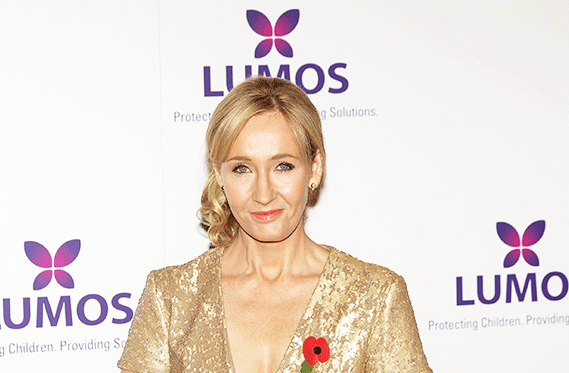
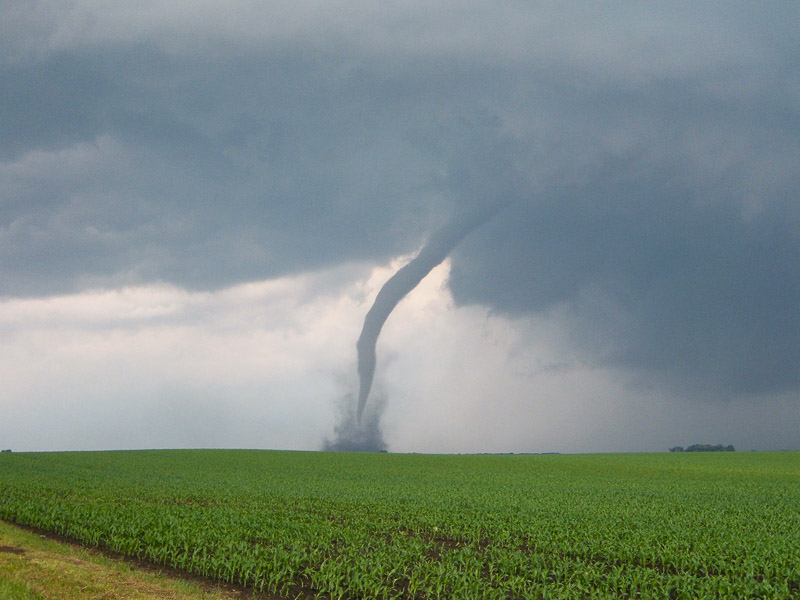

 If you’re unable to donate money, don’t resort to material items. You can organize a school fundraiser or a community event. In this option, you’re able to donate your time, your resources, and spread the word about the cause. This last one is especially important because the recovery doesn’t end when the news coverage ceases. It takes years for communities to get back on their feet again. When organizing your efforts, work with major players like Red Cross or contact state disaster organizations listed
If you’re unable to donate money, don’t resort to material items. You can organize a school fundraiser or a community event. In this option, you’re able to donate your time, your resources, and spread the word about the cause. This last one is especially important because the recovery doesn’t end when the news coverage ceases. It takes years for communities to get back on their feet again. When organizing your efforts, work with major players like Red Cross or contact state disaster organizations listed 


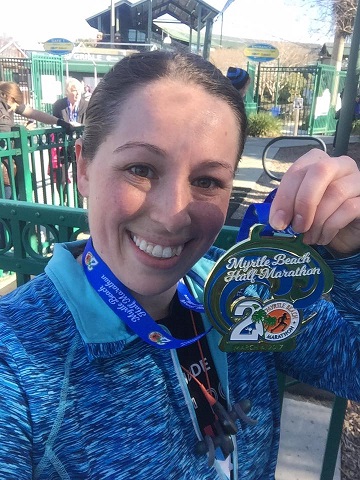

 While I didn’t join a charity partner for my race, my former colleague and good friend, Casey Geraldo is raising money as part of Take Steps for Crohn’s & Colitis Foundation of America (CCFA). Take Steps is CCFA’s national walk, the nation’s largest event dedicated to finding cures for digestive diseases. Over 1.6 million American adults and children are affected by these digestive diseases, including Casey’s fiancé and my friend, Drew. You can learn more about why Casey is walking and help her reach her fundraising goal
While I didn’t join a charity partner for my race, my former colleague and good friend, Casey Geraldo is raising money as part of Take Steps for Crohn’s & Colitis Foundation of America (CCFA). Take Steps is CCFA’s national walk, the nation’s largest event dedicated to finding cures for digestive diseases. Over 1.6 million American adults and children are affected by these digestive diseases, including Casey’s fiancé and my friend, Drew. You can learn more about why Casey is walking and help her reach her fundraising goal 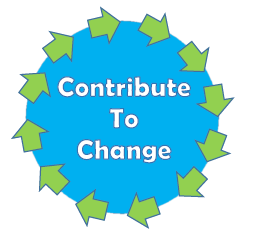
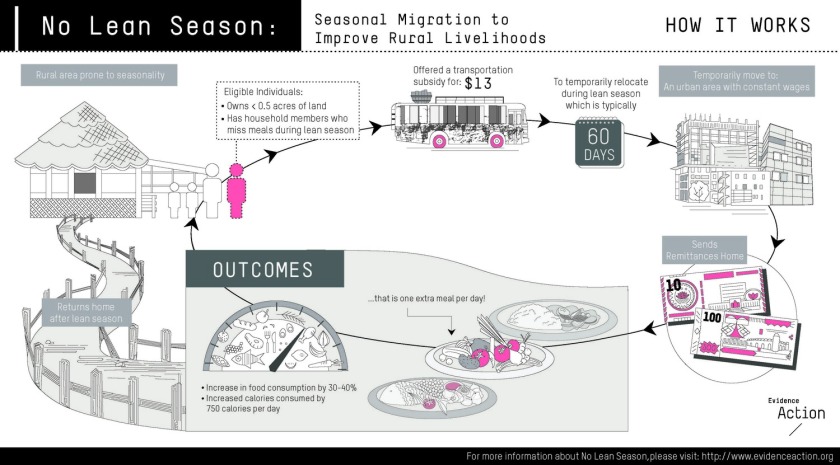
 the period between planting and harvest. Unfortunately, that’s not the case in many regions of the world. A 2016 Yale University study finds seasonal hunger affects 300 million of the world’s rural poor.
the period between planting and harvest. Unfortunately, that’s not the case in many regions of the world. A 2016 Yale University study finds seasonal hunger affects 300 million of the world’s rural poor. Yale University says they’ve seen a 30-35% increase in food and non-food expenditures for households who accepted the incentive and sent a migrant to the city. In addition, 550-700 more calories are consumed per person per day under the program. This is the equivalent to an extra meal per person.
Yale University says they’ve seen a 30-35% increase in food and non-food expenditures for households who accepted the incentive and sent a migrant to the city. In addition, 550-700 more calories are consumed per person per day under the program. This is the equivalent to an extra meal per person.
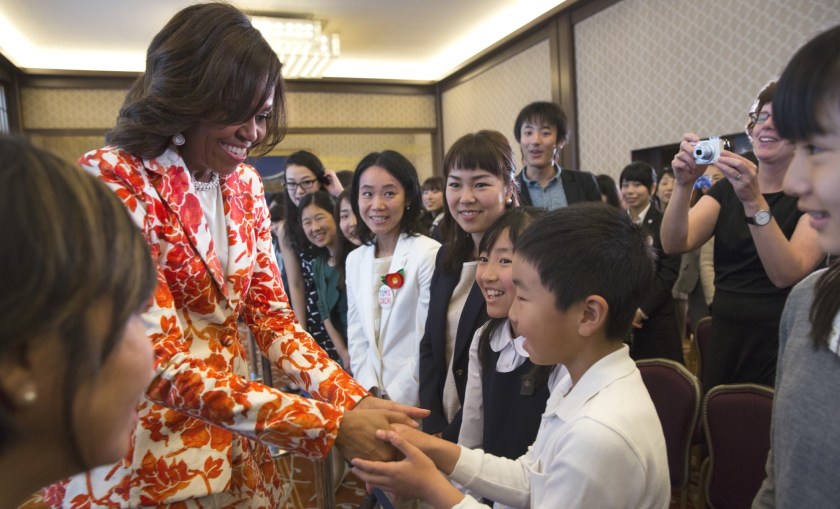

 Let Girls Learn leverages public-private partnerships to provide safe access to schools, to help rebuild education systems, and to create alternative learning programs. The organization also trains thousands of volunteers and tens of thousands of community leaders to advance education and work with leaders on solutions to overcome these barriers.
Let Girls Learn leverages public-private partnerships to provide safe access to schools, to help rebuild education systems, and to create alternative learning programs. The organization also trains thousands of volunteers and tens of thousands of community leaders to advance education and work with leaders on solutions to overcome these barriers.

